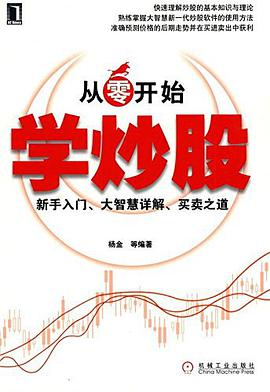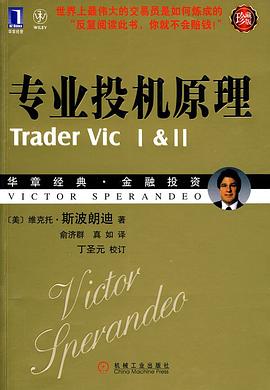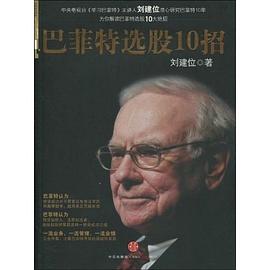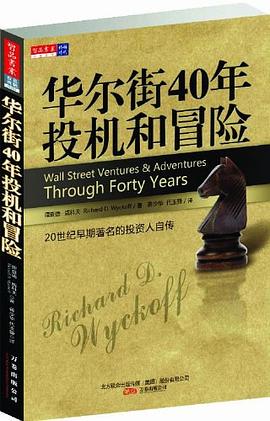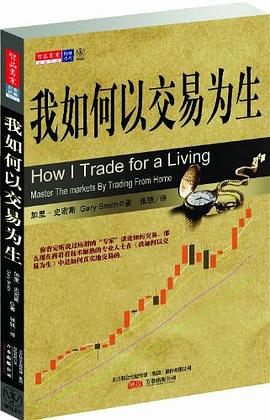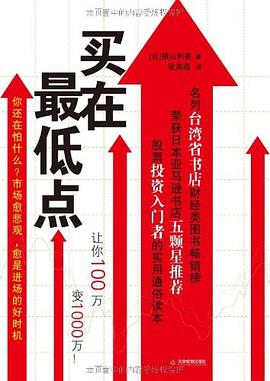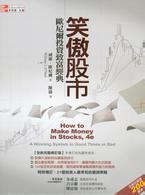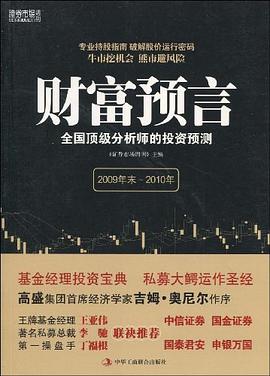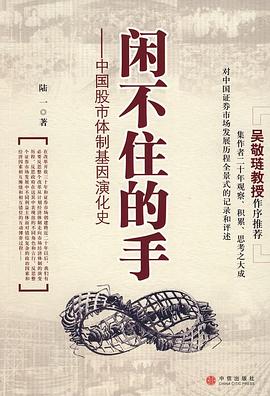

具體描述
In 2005, Joel Greenblatt published a book that is already considered one of the classics of finance literature. In The Little Book that Beats the Market—a New York Times bestseller with 300,000 copies in print—Greenblatt explained how investors can outperform the popular market averages by simply and systematically applying a formula that seeks out good businesses when they are available at bargain prices. Now, with a new Introduction and Afterword for 2010, The Little Book that Still Beats the Market updates and expands upon the research findings from the original book. Included are data and analysis covering the recent financial crisis and model performance through the end of 2009. In a straightforward and accessible style, the book explores the basic principles of successful stock market investing and then reveals the author’s time–tested formula that makes buying above average companies at below average prices automatic. Though the formula has been extensively tested and is a breakthrough in the academic and professional world, Greenblatt explains it using 6th grade math, plain language and humor. He shows how to use his method to beat both the market and professional managers by a wide margin. You’ll also learn why success eludes almost all individual and professional investors, and why the formula will continue to work even after everyone “knows” it. While the formula may be simple, understanding why the formula works is the true key to success for investors. The book will take readers on a step–by–step journey so that they can learn the principles of value investing in a way that will provide them with a long term strategy that they can understand and stick with through both good and bad periods for the stock market. As the Wall Street Journal stated about the original edition, “Mr. Greenblatt…says his goal was to provide advice that, while sophisticated, could be understood and followed by his five children, ages 6 to 15. They are in luck. His ‘Little Book’ is one of the best, clearest guides to value investing out there.”
用戶評價
##Don't waste the money if you've read the old version.
評分##Good to read.
評分##1)Another strict investing mode that reader can not follow. 2)Comment on 2015.10, I remember it's a book using 格老's low PE/PB high ROE,dstributed investment method, it's the one that I'm now following. It's also one piece to fomalize my investemnet system. Thank you!
評分##中國有可靠的數據嗎?我倒是想照此辦理。
評分##跟Peter Lynch的learn to earn一樣的基礎。但是投資的common sense能這樣闡述清楚,也隻有masters纔能做到。
評分##哎呀,感覺不錯,不知道a股這種大波動,數據差的地方實用性如何。
評分##哎呀,感覺不錯,不知道a股這種大波動,數據差的地方實用性如何。
評分##buy good (above-average) business at bargain (below-average) price. high return on capital = EBIT/(net working capital + net fixed assets) and high earnings yield = EBIT / Enterprise Value. kindle第25本
評分2017.6.17 整本書前5章都是淺顯地概述要投資股票而不是現金國債。有價值的部分是中間闡述magic formula的原理,以及奉勸沒經驗的中小投資者不要投資個股(並解釋magic formula實際上是投資一攬子組閤而非個股)。最精華的部分是Appendix!!!
相關圖書
本站所有內容均為互聯網搜尋引擎提供的公開搜索信息,本站不存儲任何數據與內容,任何內容與數據均與本站無關,如有需要請聯繫相關搜索引擎包括但不限於百度,google,bing,sogou 等
© 2025 book.qciss.net All Rights Reserved. 圖書大百科 版權所有



